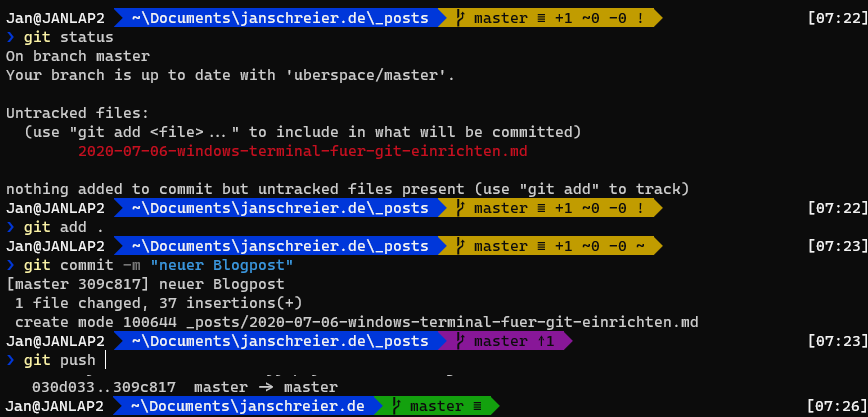

More information on this setting can be found on the Global settings page. To prevent a dynamic profile from being generated, you can add the profile generator to the disabledProfileSources array in your global settings. To hide a profile from your terminal dropdown menu, add the hidden property to the profile object in your settings.json file and set it to true. Regardless of whether a new shell is installed before or after your terminal installation, the terminal will create a new profile for the newly installed shell. To learn how to change your default profile, visit the Startup page.Ĭonfiguration: Light Theme Installing a new shell after installing Windows Terminal

Upon installing the terminal, it will set PowerShell as your default profile. These profiles are generated with the source property, which tells the terminal where to locate the proper executable. This makes it easier for you to have all of your shells included in the terminal without having to locate their executable files.

Windows Terminal will automatically create Windows Subsystem for Linux (WSL) and PowerShell profiles for you if you have these shells installed on your machine.


 0 kommentar(er)
0 kommentar(er)
